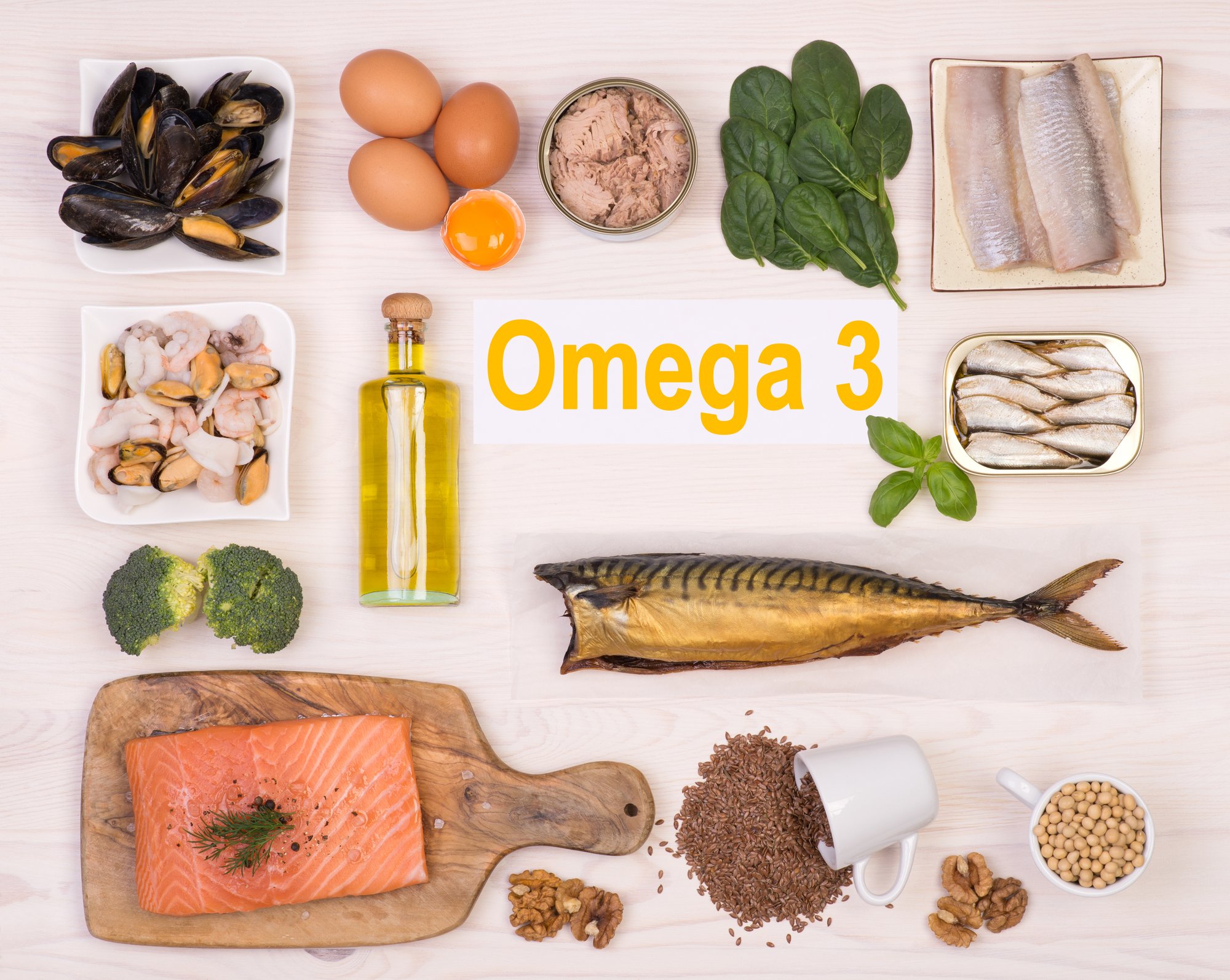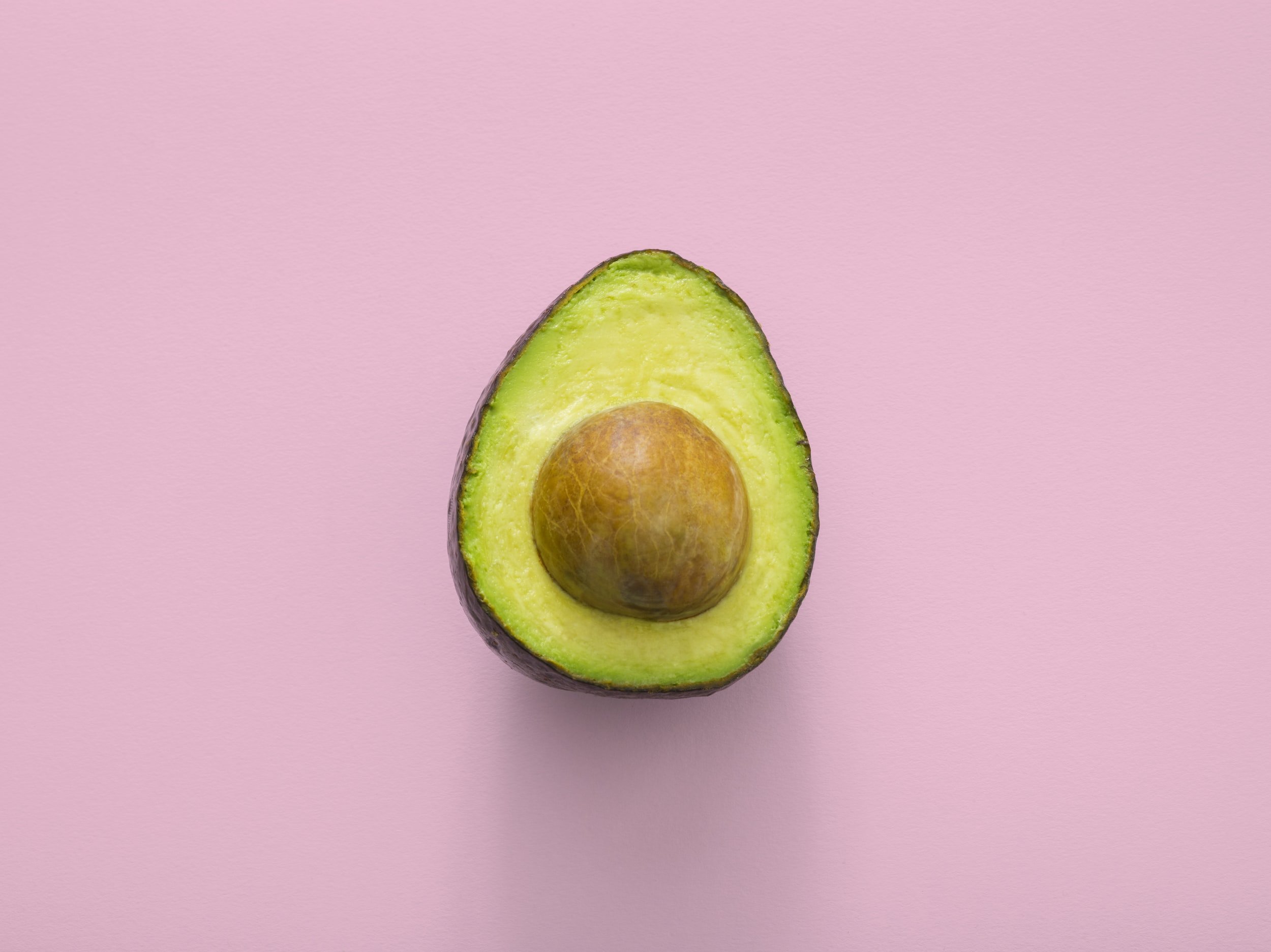Sugar: How Unsweet It Is
Sugar is one of the essentials to life. It fuels almost every cell in the body. In fact, sugar is a primary source of energy for your brain and is fueling it right now so that you can understand what you are reading. However, before you run off to eat some sugar and/or sugary foods, keep reading to find out why this isn’t such a good idea.
The simplest forms of sugar are glucose and fructose. Fructose is found in fruits, which many of us consume each day. Glucose is found in many different foods, including fruits. However, much of it is bound to another type of sugar, such as fructose. Most glucose is found in a bounded form. Carbohydrates are one of the main sources of glucose. They are made up of sugars, starches, and cellulose. This means that your body must break down carbohydrates to liberate the various kinds of sugars from it so that it can be used for energy.
A List of Foods Containing Carbohydrates:
Nuts and legumes
Starchy vegetables
Fruits
Honey
Glucose is commonly added to processed foods in the form of something called dextrose, which usually is extracted from cornstarch. Fructose is also commonly added to processed foods in the form of high-fructose corn syrup. Both cornstarch and high-fructose corn syrup (also extracted from cornstarch) are not healthy for your body and may cause serious health issues.
Another form of sugar is something called sucrose. Technically, sucrose is the scientific name of sugar. Sucrose is made up of both glucose and fructose. It occurs naturally in many different fruits, vegetables, and grains. However, it is often added to many processed foods, such as cereals, canned foods, ice creams, candy, soda, juices, etc.
Do we need sugar to live?
Your body only needs small amounts of sugar per day to survive. In fact, most, if not all, sugar that you consume comes from your vegetables. If you eat sufficient amounts of vegetables daily, you can get all the energy that your cells need through its sugar content. This also means that adding pure sugars to your diet isn’t necessary and, in fact, is often harmful to your health.
It’s important to understand that any sugar that is not immediately needed by the body for energy will convert to a storage form of it. This storage form of sugar can be used at a later time when needed. To create the storage form of sugar, the body must first convert unused glucose (sugar) to glycogen. Then, that glycogen converts to fat (storage form of energy). Yes, consuming too much sugar is one of the main ways to cause weight gain and obesity. Don’t’ get me wrong, we all need at least some fat in our bodies to be healthy. However, too much of it can be harmful to your health.
Stored fat in excess within the body is associated with inflammation. And, as you may already know after reading any of my other articles, inflammation in the body will lead to chronic disease if not addressed while in its acute state.
On a side note, the body is made up of trillions of cells. Two or more cells that come together are called tissues. And the cells that make up tissues need energy to fuel their life-sustaining processes. That energy comes in the form of sugar. However, sugar cannot get into the cells of the body without the help of something called insulin. Insulin acts as a sort of bridge or tunnel that is used to allow glucose to cross from the blood through the cell membrane and into the cell’s cytoplasm (nutrient rich fluid inside the cell) where it can be used for energy.
When we consume a lot of sugar repeatedly, the body’s pancreas, which makes insulin, becomes taxed. When this happens, it can lead to decreased production of insulin. In addition, the insulin receptors located on the walls of the cells (where insulin docks) can become desensitized. When either of these last two processes occurs, it will prevent sugar from getting into the cells, which means that it will not be used for energy. This will cause sugar to stay in the blood vessels and keep circulating around the body. This will cause damage to the body’s tissues over time. When this occurs, we call this type II diabetes. It will also lead to weight gain, which will make this condition (diabetes) worse.
Diabetes is very dangerous. That’s because sugar acts as an acid to your tissues. Acidity causes inflammation, which leads to the breakdown of tissues. You may have heard that people with diabetes are at risk of strokes, heart disease, fatty liver, kidney disease, etc. That’s because excess sugar in the blood vessels will erode the blood vessels from the inside out until they become weak and possibly burst in the most vulnerable areas. When this happens, it is called an aneurysm or a stroke (when it happens in the brain). And, remember this, the most vascular parts of the body are located in the organs. That’s why we often see organ failure in people with diabetes.
Some of the Negative Effects of Excess Sugar:
Can cause weight gain
Increases risk of heart disease
Increases risk of type 2 diabetes
Can weaken your immune system (increased susceptibility to infections!)
May increase risk of cancer (it can feed existing cancer cells as well)
May accelerate the aging process, including the skin
Implicated as one of the causes of acne
Causes tooth decay
May cause gum disease (which also can negatively affect the heart)
Feeds bad microbes as well (especially yeast/fungi and Lyme spirochetes)
Causes you to feel tired after the initial energy high/rush from eating it
If you are someone who likes sweets, then the following information may be for you. The good news is that there are substances that are sweet but do not have the same negative effects as sugar. They don’t cause weight gain, they do not increase glucose level in the blood, and they basically tend to be much safer to eat.
Alternative Sweets:
Organic monk fruit extract is 150 to 250 times sweeter in taste than table sugar, has zero calories and carbs, and does not raise blood glucose level. At this time, there are no known side effects from eating it, unlike many other alternative sweeteners.
Organic stevia is a natural sweetener that tastes 200 to 300 times sweeter than table sugar. Stevia also does not raise blood glucose levels, and like monk fruit, it tends to be a safer option than many other alternative sweeteners.
Alternative Sweeteners that are Best to Avoid:
Aspartame
Phenylalanine
Saccharin
Splenda
Sucralose
Sweet ‘N Low
Twinsweet (Aspartame-acesulfame salt)
Glycine (can be of benefit for other purposes, however, not as a sweetener alternative)
Equal
Glucan
Kaltame
Neotame
NutraSweet
Nutrinova
In conclusion, sugar has its benefits for the body. However, eating too much of it, which most of us do, can cause damage to the body leading to chronic health conditions. Two safer alternatives to sugar are organic monk fruit and organic stevia (pure). These alternatives will not raise your blood glucose level, and they do not have known negative health effects at this time.
Feel free to visit my website: www.thecenterfornaturalhealth.com , follow me on Instagram (@dr.fiorentino), and like me on Facebook (@DrFiorentinoND). You can also get my Free 30-Day Guide to Optimizing Immune Function here: https://www.thecenterfornaturalhealth.com/30-day-guide-2/ .
Kindly share this article with anyone who may benefit from it.
























































































